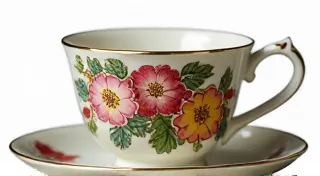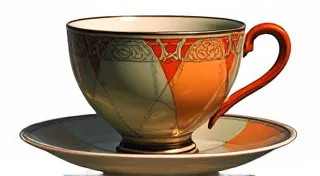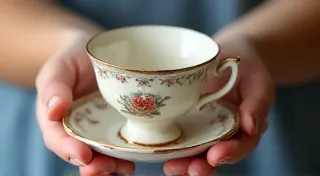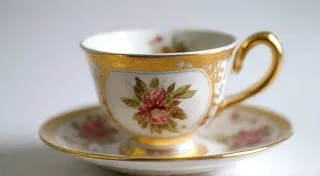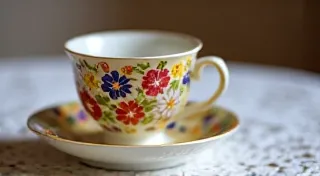The Rise of Coalport: A History and Identification Guide
Coalport, a name synonymous with fine bone china, holds a significant place in the history of English ceramics. From its humble beginnings to its status as a coveted collector's item, Coalport’s journey is fascinating. This article delves into the history of the Coalport factory and provides a guide to help you identify authentic pieces, focusing on signature styles and markings.
A Foundation in Innovation and Industry
The Coalport factory was established in 1795 by John Rose in the village of Coalport, Shropshire, England. Rose, already an experienced potter having worked at Wedgwood, chose Coalport for its strategic location near iron ore and coal deposits – essential for ceramic production. Initially, the factory produced a range of earthenware, but quickly transitioned to focusing on fine bone china. This shift coincided with a burgeoning demand for elegant tableware amongst the growing middle class.
Early Coalport pieces were heavily influenced by the Derby and Sèvres styles, showcasing a keen eye for fashion and a commitment to replicating the most desirable ceramics of the day. However, under Rose’s leadership, Coalport began to develop its own distinct character, marked by delicate floral designs, elaborate gilding, and a focus on quality craftsmanship. Identifying the nuanced differences between early Coalport pieces and those from similar manufacturers can be a rewarding, albeit challenging, process, not unlike deciphering the stories behind other historical ceramic brands.
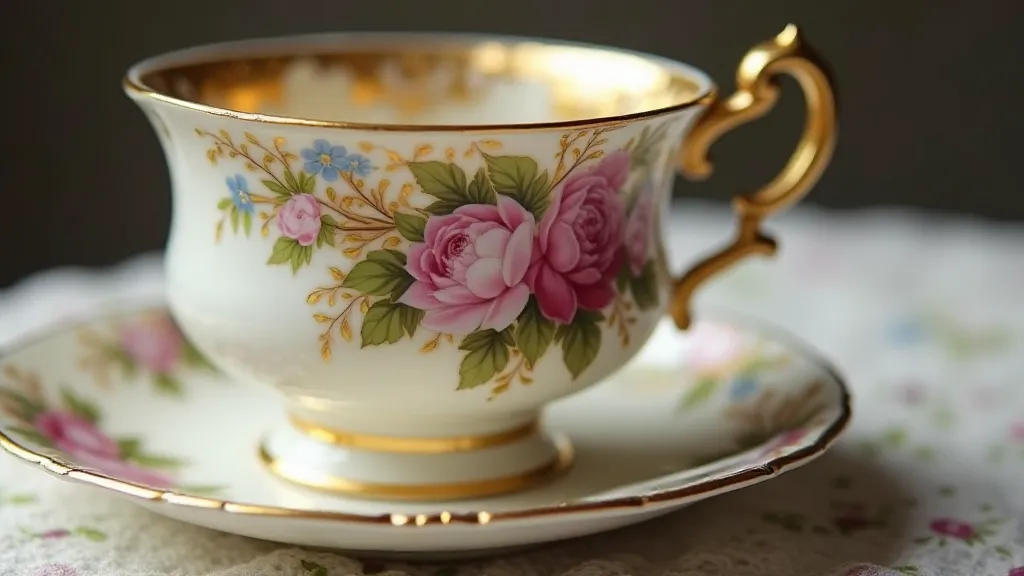
Key Periods and Styles
Understanding the different periods in Coalport’s history is key to identifying pieces and understanding their value. Here's a brief overview:
- 1795-1833 (John Rose Period): Marked by early imitations of Derby and Sèvres styles, gradually evolving towards a more distinctive Coalport aesthetic. Look for hand-painted decorations and less consistent markings. The rarity of truly unique pieces from this era contributes significantly to their desirability amongst collectors.
- 1833-1888 (William Billingsley & Sons): Following John Rose's death, the factory was managed by his sons and later by William Billingsley & Sons. This period saw a shift towards more mass-produced pieces, although high-quality lines continued to be made. The move towards greater production volume also meant a wider variety of patterns and shapes were introduced, which can make identification more complex.
- 1888-1900 (Coalport China Company Ltd.): The factory experienced financial difficulties and underwent several changes in ownership. Quality varied during this period.
- 1900-Present: The factory continued under various owners, often producing reproductions of earlier designs. The prevalence of reproductions requires a discerning eye and meticulous examination of hallmarks.
Identifying Marks and Hallmarks
Coalport markings can be complex and often require careful examination. Here are some key things to look for:
- Early Marks (1795-1833): Often small and hand-painted, including the initials "J.R." or "J. Rose." Sometimes, marks were incredibly faint and barely visible.
- Mid-Period Marks (1833-1888): Marks often included the Coalport name in various fonts, sometimes with details like "England" or "Bone China."
- Later Marks (1888 onwards): More standardized and often include the Coalport name, “England”, and registration numbers.
- Shape Numbers and Pattern Names: Many pieces are marked with shape numbers and pattern names, which can help identify the specific design and date of manufacture. Researching these codes can provide further information. This process can be akin to discovering hidden treasures, and is often more engaging than simply identifying the maker’s mark.
Important Note: Be aware of reproductions. Counterfeit Coalport pieces have surfaced over the years. Examining markings carefully, and considering the overall quality of the piece – genuine Coalport is renowned for its fine craftsmanship. While Coalport isn’t the only manufacturer facing this challenge, the desire for authentic pieces often leads to sophisticated forgeries.
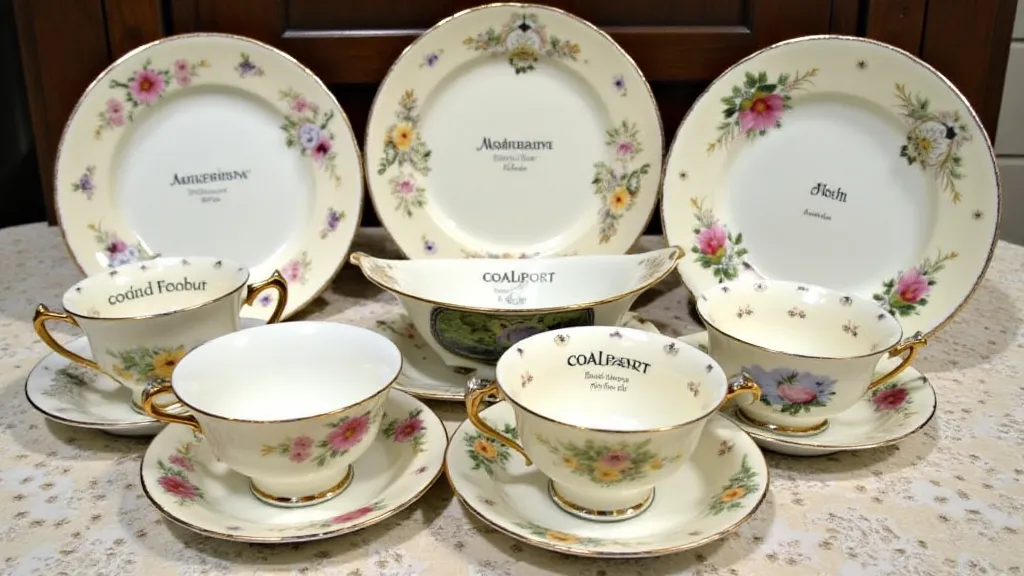
Popular Patterns to Watch For
Certain Coalport patterns are highly sought after by collectors. Here are a few notable examples:
- Buttercup: A charming pattern with delicate buttercup flowers scattered across a white ground.
- Rose Garland: A romantic pattern featuring roses intertwined with garland motifs.
- Golden Jubilee: A lavishly decorated pattern with extensive gilding and intricate floral designs.
- Indian Summer: Featuring bold colours and exotic floral motifs.
Researching specific patterns and comparing them to known authentic examples is a good way to improve your identification skills. The process of discovering rare tea cup patterns and their histories can be a delightful journey into the world of collectable ceramics.
Expanding Your Knowledge – The Landscape of Lost Factories
The story of Coalport is not unique in the world of English ceramics. Numerous factories rose and fell, contributing to the rich tapestry of ceramic production. Understanding the context of Coalport’s existence also requires considering the wider picture of lost factories and their legacies. Learning about the cartography of absence – mapping the lost factories of collectable china reveals the complexities and vulnerabilities of this industry.
Beyond Coalport: Comparing Styles and Marks
While this guide focuses on Coalport, it's beneficial to compare its hallmarks and styles with those of other renowned manufacturers. This comparative approach allows for a deeper understanding of subtle nuances and helps to refine your identification skills. For example, comparing the styles of Coalport to those of Spode tea cups can illuminate the unique characteristics of each brand.
Resources for Further Research
Identifying antique tea cups takes practice and research. Here are some resources to help you on your collecting journey:
- Online Forums: Participate in online forums dedicated to antique china and collectables.
- Books: Many books are dedicated to specific china manufacturers and their patterns.
- Auction Houses: Review catalogues from reputable auction houses.
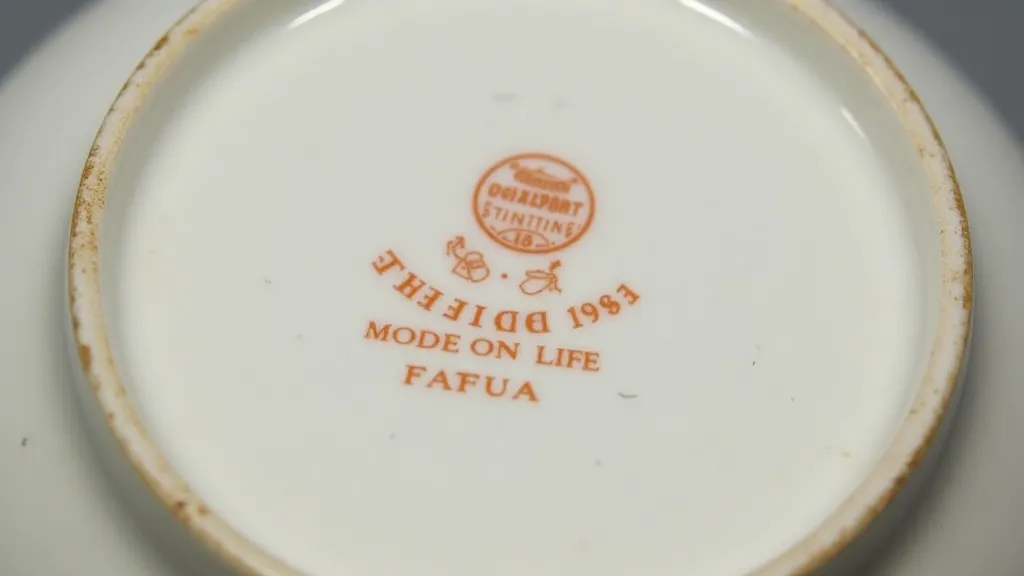
With careful observation and persistent research, you can confidently identify authentic Coalport pieces and appreciate the rich history behind this beloved English china.
